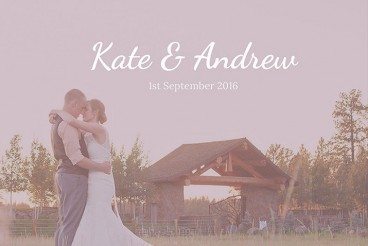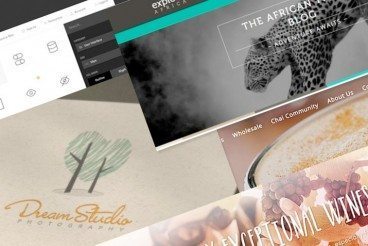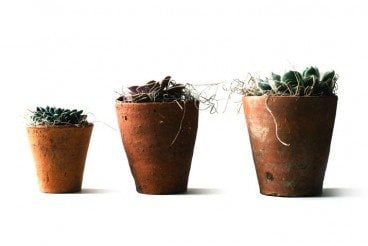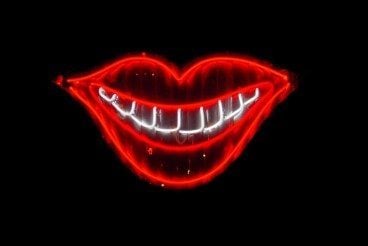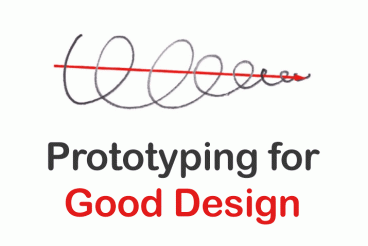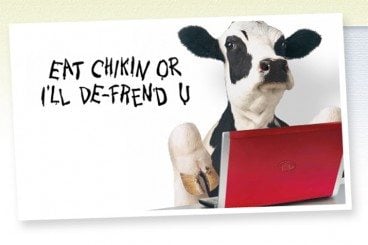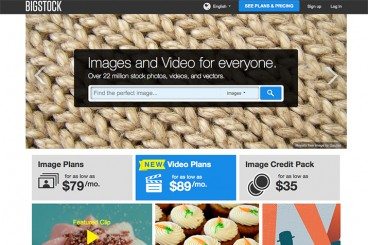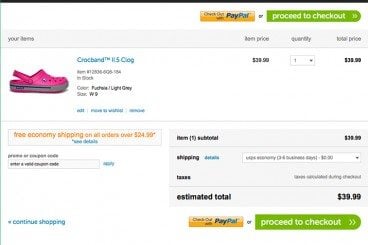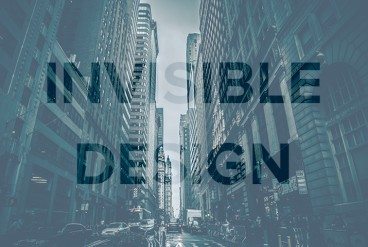
Graphics / 27 May 2015
10 Reasons Why the Best Design Is Invisible
Good design is not something the average user look at and says “wow, that’s a great design!” Good design is something that is easy to use, read and interact with. It makes users want to engage and experience your website, app or physical material and evokes a specific emotional response.
As a designer you may spend days, weeks or months working on a project that does not look like anything especially spectacular to those outside the design community, and that is probably a good thing. Good design is pretty much invisible.

